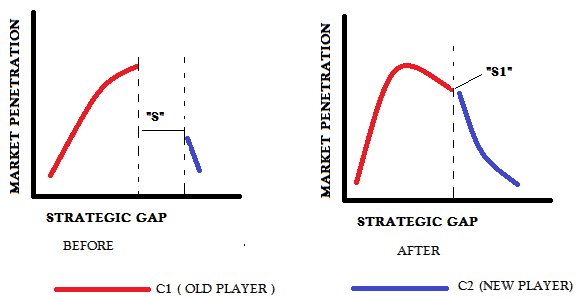It only takes a glance at the globe to see that Chile is unique among the countries of the world. The Andes Mountains form the Southern Cone’s backbone and divide the world’s two southernmost nations. While Argentina takes up the vast plains on the Atlantic side, Chile claims only the long narrow corridor between the mountains and the Pacific coast. Given this strikingly one-dimensional shape, one might think that Chile would be an endless repetition, a homogeneous strip sandwiched between sea and mountains. Not so. In the northernmost part of Chile is the Atacama desert, the world’s driest. Its southern tip features glaciers, fjords, and tundra. The midsection of the country includes one of the world’s few “Mediterranean” climate zones. It is a land of dramatic diversity — and without leaning too much on geographical determinism, it’s safe to say this extends to the economic sphere.

Its modern history is a story of striking extremes. Chile defeated Bolivia and Peru in the War of the Pacific in 1883, leading to a mineral boom that lasted until the Great Depression, which hit Chile the hardest of perhaps any nation in the world due to its then-overreliance on extracted natural resources. The election of socialist president Salvador Allende in 1970 was followed by capital flight and a depression two years later. Richard Nixon’s U.S. government pursued a heavy-handed and violent strategy of regime change against this democratically elected leader, including not only CIA-guided espionage, torture, and political killings, but an intentional policy of further economic destabilization. General Augusto Pinochet’s forces stormed the presidential residence, resulting in Allende’s death, dubiously reported as suicide. Under Pinochet’s military dictatorship, Chile became a laboratory not only for political oppression and torture but for Chilean right-wing free market economists known as the “Chicago,” who had studied under Milton Friedman as part of an organized program dating back to the 1950s, but only saw their ideas implemented in the wake of the coup.
Astonishingly, given this hideous historical background, Chile has since emerged as one of the most functional nations in Latin America. Pinochet’s unforgivable human rights abuses of the 1970s were followed by a period of gradual political normalization, with a groundswell of popular protest and union activity. Democracy was at last restored in 1989, and Pinochet was promptly voted out. Since then, Chile’s economy has soared, making it the richest nation per capita in Latin America, and one of the most stable. It would appear that while the left was in the right politically, the right had the right idea economically…right? Well, who knows. That takes us back to the fundamental debate of economics, one we shouldn’t expect ever to be resolved. But it is worth noting that in Chile, while inequality remains higher than in many nations, absolute poverty is down.
Chile now boasts an A+ credit rating from Standard and Poor’s. Its nominal 2011 GDP according to the Central bank of Chile was $248.6B, in a country of just over 17 million people. The increase in copper prices has helped boost their economy in recent years, as copper mining makes up 13.5% of Chile’s GDP (the vast majority of the 15.2% that all mining activities represent). Chile’s emergence as a financial center for South America has been just as big a story, though; financial and business services now make up a combined 17.2% of GDP. A fairly strong manufacturing industry contributes 10.9%. Average unemployment in 2011 was estimated at 7.1%.GDP growth was a robust 6.0% in 2011, with inflation kept to 3.3%.
Chile has been aggressively pursuing free-trade agreements with the rest of the world in the new millennium. Chile’s overall trade balance has a healthy tilt toward exports, $81.4B to $70.6B. China is their largest export partner at 23.8%, whereas Chinese goods make up only 13.6% of imports. The U.S. is Chile’s largest import partner at 17%, but is edged out for the title of second-largest export partner by Japan, 10.2% to 10% (here it is worth noting that Chile, besides its copper, is the world’s second-largest exporter of salmon).Tourism has also been steadily on the rise, as you might expect for a geographically interesting nation that has finally established very comfortable levels of both freedom and stability. Economic liberalization, however bloodily imposed, has been a success, but political liberalization has also been key. Chile has had to learn some terrible lessons in the past few generations, but it seems to have taken them to heart, in the process becoming one of the world’s most vibrant mid-sized economies.
You might like reading:

HDFC-Vodafone mobile banking: How it can transform banking
HDFC bank along with telecom major Vodafone recently launched a mobile banking initiative in Jhalsu, Rajasthan- an initiative that has the power to transform the way banking is done in this country. Let us understand the initiative. Jhalsu is a small village with population of around 3500 people and located 35 km north of Jaipur. This small village has been […]

Tackling the challenge !
It has been a significant period since you have been operating profitably and leading the show. However there is a new kid on the block. He quickly redefines business strategies with his innovative thinking and has begun to get a slice of the existing market. You realize you must act fast. What should you do? Often companies are seen […]






























